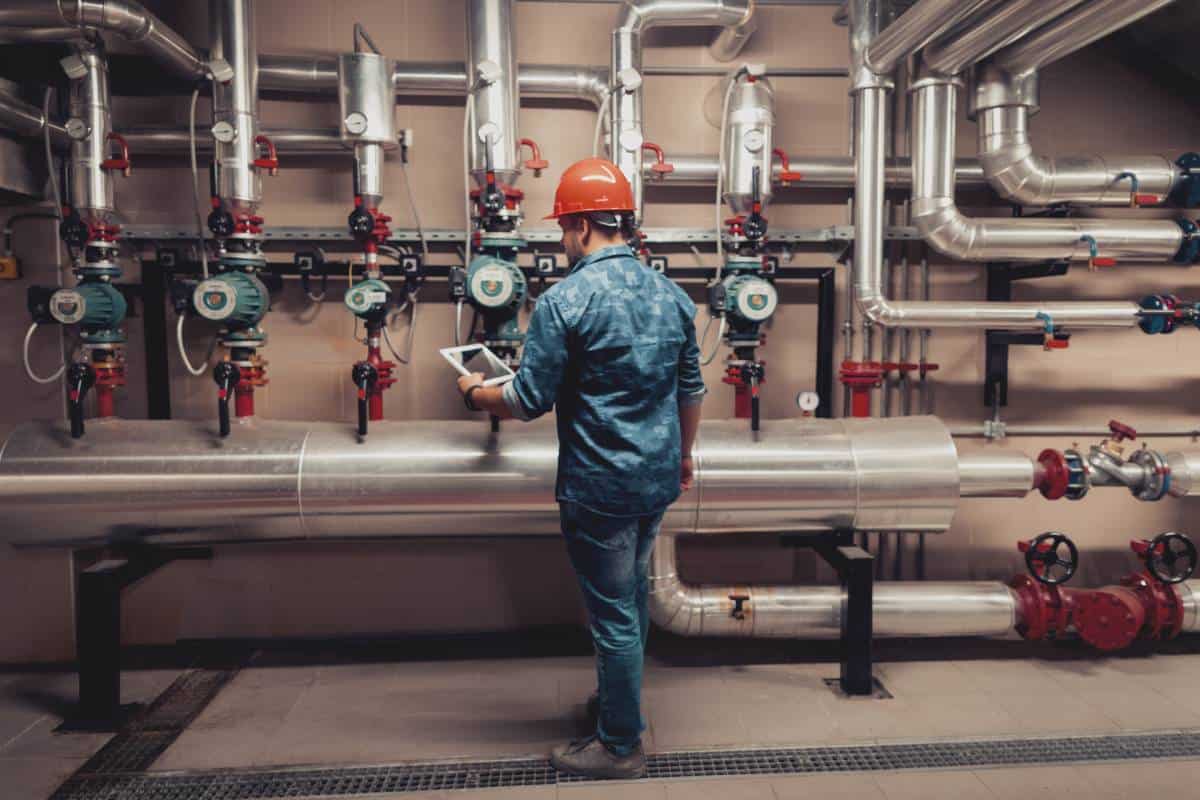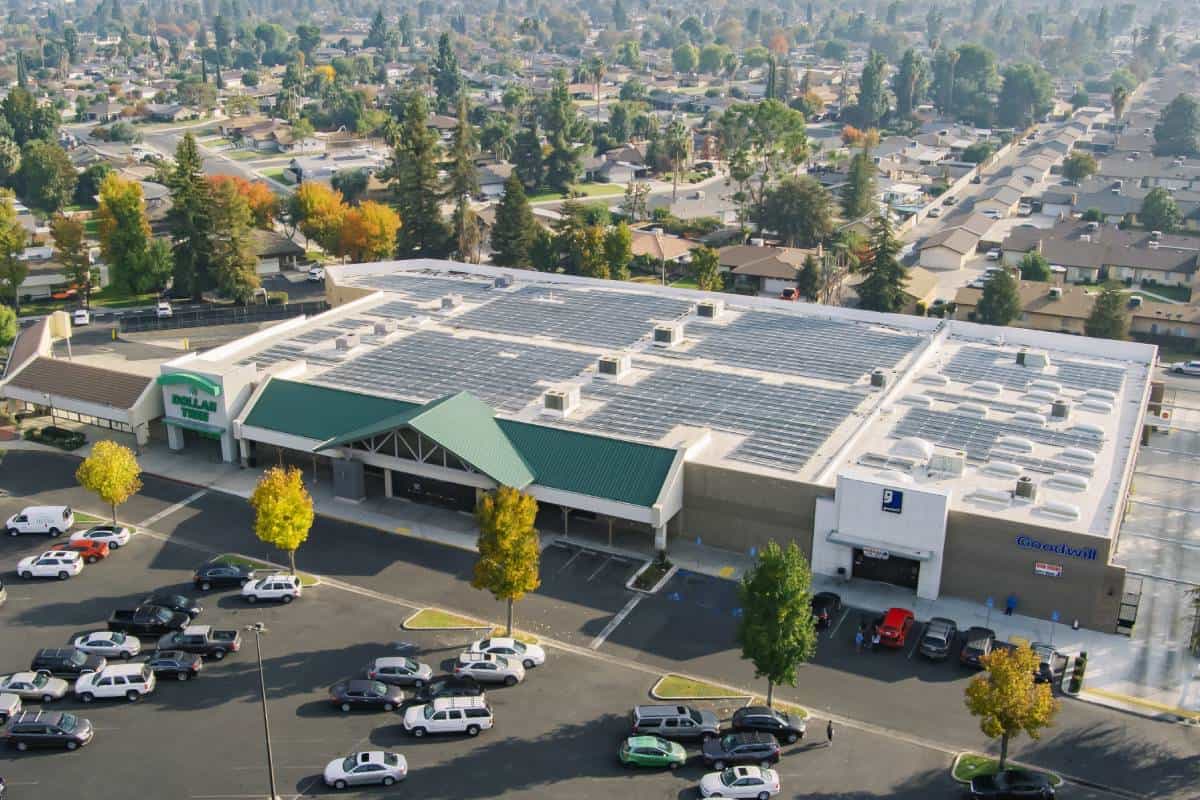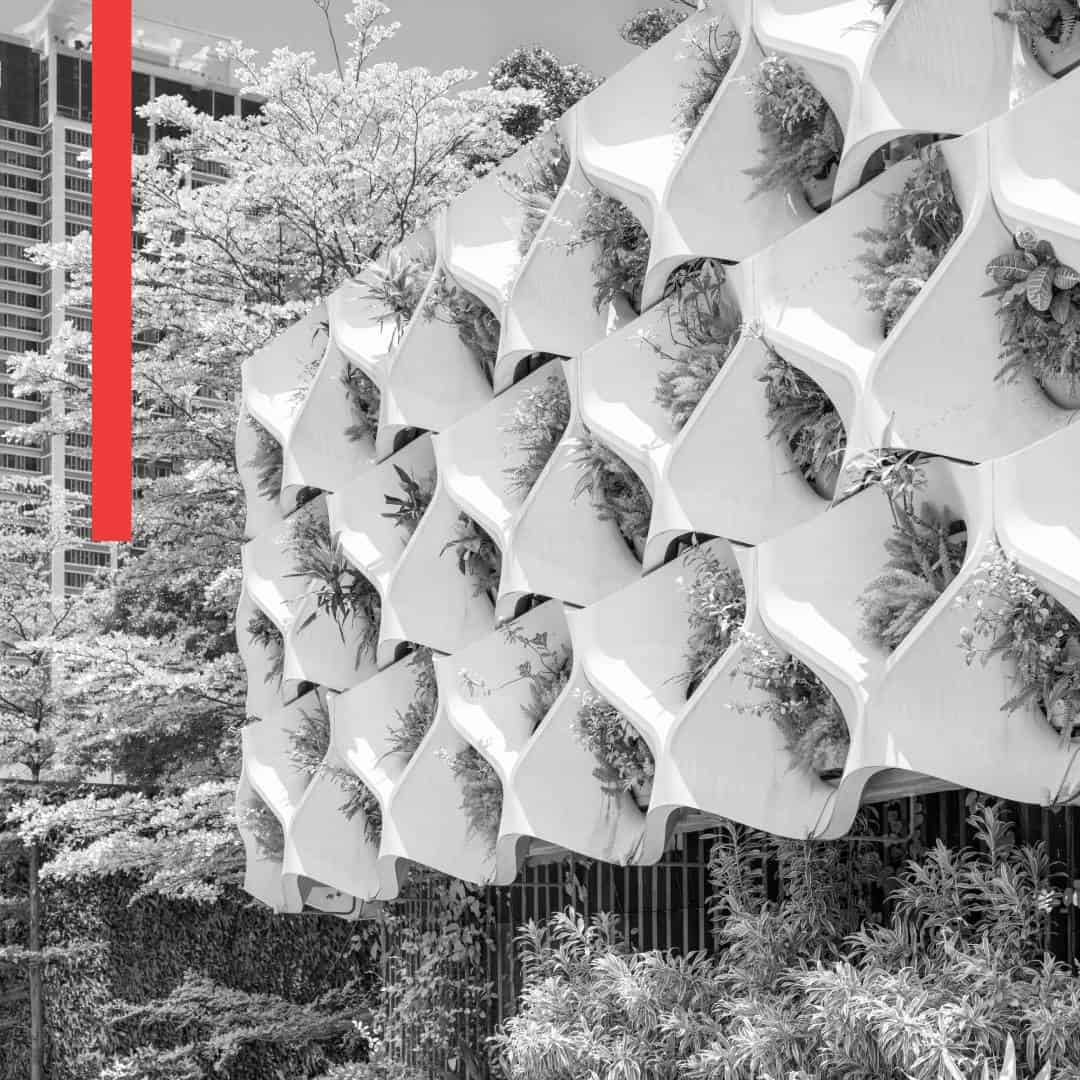Commercial real estate is a rapidly-evolving world. From the rise of flexible working spaces to new advances in technology, it can be hard to tell how else CRE could grow.
But, sustainability is still a major opportunity for the industry. Commercial buildings use about a third of the energy that they consume. Owners could eliminate roughly 10% of that usage for little to no cost.
Property owners once debated whether “going green” was really worth the time and effort. It’s now clear that sustainability helps a commercial building’s bottom line.
Sustainability impacts:
- Property value: Sustainability-related construction or renovations increase the asset value of buildings by 9%.
- Tenant operating costs: Occupants of green commercial buildings see a 17% reduction in operating costs over the next 5 years.
- Tenant satisfaction: 78% of consumers say a green lifestyle is important.
- Marketable value: 61% of realtors say that energy efficiency promotion in listings is very or somewhat valuable.
- Community wellness: Green commercial buildings produce 33% fewer carbon emissions into the local area.
it’s no surprise that the industry has seen increased interest in sustainability in recent years. But, what’s really moving the needle? The big sustainability trends in commercial real estate are:
1. Greenhabbing
Combining “green” with “rehab,” greenhabbing is the process of renovating older commercial buildings to improve their sustainability. By bringing their investments up to modern environmental standards, property owners or real estate agents gain the competitive edge if they need to market, leverage, or sell the upgraded building.
The process usually starts with a comprehensive energy audit from the utility or an agency. They’ll take a detailed look at the property and provide a breakdown of how, where, and when electricity is used. They’ll also offer improvement opportunities.
Once the property owner receives the audit, they can decide how much they want to invest in their greenhabbing project and better understand their expected return. The recommendations could be as simple as upgrading to energy-efficient appliances. They can be as complex as new building weathering or water heating solutions.
Greenhabbing involves an overhaul of lighting, insulation, doors and windows, heating and air, and more. Contractors on greenhabbing projects will also use sustainable building materials whenever possible. These are usually natural or recycled elements.
Ultimately, the amount spent on a greenhabbing project directly influences the impact of the upgrades. Larger, cost-intensive changes can dramatically impact property value, tenant satisfaction, and more.
2. Water efficiency and conservation
While commercial sustainability is normally associated with electricity usage, property owners have also shifted their view to the water efficiency of their buildings.
It’s an important trend. Commercial buildings have a dramatic impact on the water supply of communities. If commercial buildings reduced their water consumption by 10%, they’d save an estimated 2 trillion gallons of water a year.
While water needs vary widely from tenant to tenant, making small updates to the building can still have an impact. Upgrading older fixtures to low-flow plumbing options, adding rainwater harvesting systems, and swapping out landscaping can all reduce water usage.
To get a sense of their opportunities, buildings conduct a water audit to create a conservation plan. An auditor investigates the way that water is used, opportunities for reduction, and returns for adjustments. They conduct an on-site survey and review water bills to create a cost analysis and a detailed report.

3. Green leases
Green leases are also on the rise in the commercial real estate world, as ESG policies shift the way properties and tenants create rental contracts. These agreements set specific goals for energy efficiency, water usage, and other environmental policies in the commercial building, aligning both tenants and landlords on sustainability targets.
The terms of green leases can vary in scope, but they generally have specific requirements for both parties. They usually set tenant targets for resource usage and recycling, ensuring that they meet the landlord’s values or standards. They can also require that the landlord “greenhabs” portions of the unit, forcing updates to fixtures or systems deemed unsustainable by the potential tenant.
These agreements can be driven by either party, but they have the potential to create real benefits for both the tenant and landlord. While it’s normally difficult to encourage one group to agree to environmental policies, green leases provide clear incentives to both. Tenants can meet specific ESG targets and save money on bills, while landlords gain a new tenant and increase their property’s value and lifespan.
These clauses are not just great for the environment, they’re also great for everyone’s bottom line. It’s estimated that 1.7 to 3.3 billion dollars in utility charges could be saved annually if every leased office building in the US implements green leases.
4. Building ratings and certifications
Green certifications are also changing the way that the industry evaluates commercial real estate. These rating systems create standards that are used when measuring sustainability, differentiating eco-friendly buildings for prospective tenants.
There are a number of green certification options available, but probably the most recognizable green certification is Energy Star. Geared towards reducing energy use and curbing greenhouse gasses, Energy Star scores commercial buildings yearly in comparison to similar locations nationwide. If they rank higher than 75% of their competition, they receive the certification.
The LEED, or Leadership in Energy and Environmental Design, certification is the most widely-used green building rating system. It awards points to commercial buildings based on its performance in categories like energy usage, water efficiency, health, environmental quality, and more. From that score, the Green Building Council awards buildings with a certified, silver, gold, or platinum ranking.
Getting certified offers more benefits than just a plaque, it creates more revenue and stability for property owners. As a whole, Energy Star buildings earn 2.7% more in rent and had 9.5% higher occupancy rates. Similarly, LEED-certified buildings earn 11% more in rent and see 4% higher occupancy rates than non-LEED buildings.
5. Sustainable loans
As more commercial property owners look to improve their sustainability, “green” loans are becoming an increasingly popular way to achieve business goals.
Banks offer green loans to finance new or existing projects that promote sustainability. They lower the barrier to entry for cost-prohibitive projects for many property owners. Banks or other financial institutions offer them like any other loan, and they generally have favorable interest rates in exchange for a pledge to further environmental goals.
Property owners can use a green loan to get green certifications, purchase of renewable resources like solar, add sustainable landscaping, and more. While the terms and conditions may vary by lender, they usually require reporting to track the environmental impact and performance of projects.
In giving the green loan, lenders usually stick to the golden rule, making sure that the value of energy saved surpasses the cost of the loan. This ensures that the project is equitable for all parties: owners, lenders, and environment.
6. Commercial solar roof rentals
Although solar has always been at the forefront of the sustainability industry, it has become increasingly accessible to commercial businesses. Commercial property owners can now get solar without an upfront investment by renting their roof to a solar partner.
In the past, property owners needed to pay for the entire system out of pocket, covering the cost of installing and maintaining the system. Tenants would use the energy produced, saving money on their energy bills. Property owners would take all the risk. Tenants would get all the reward.
Now, solar partners pay roof rent to commercial property owners to install solar panels, selling the energy back to tenants. Property owners get sustainable energy for their building and increased rent roll and property value. Tenants receive access to discounted, renewable energy.

It’s estimated that developers have only built out 5% of the commercial solar market in the US, but that number is set to increase exponentially. Because solar partners create more incentive for commercial property owners and their tenants, the industry is ready for a new chapter of explosive growth.
If you’re looking for a solar partner to increase your rent roll and sustainability, King Energy is the industry leader. We rent roofs and create solar systems at commercial properties all over California. Property owners receive a new source of long-term rental income, and tenants get lower bills.
King Energy creates a hassle-free experience for property owners and their tenants, managing the program end to end. From project scoping to tenant enrollment, King Energy handles every detail, making solar simple and beneficial for all.
Contact us today for a personalized proposal for your commercial building
